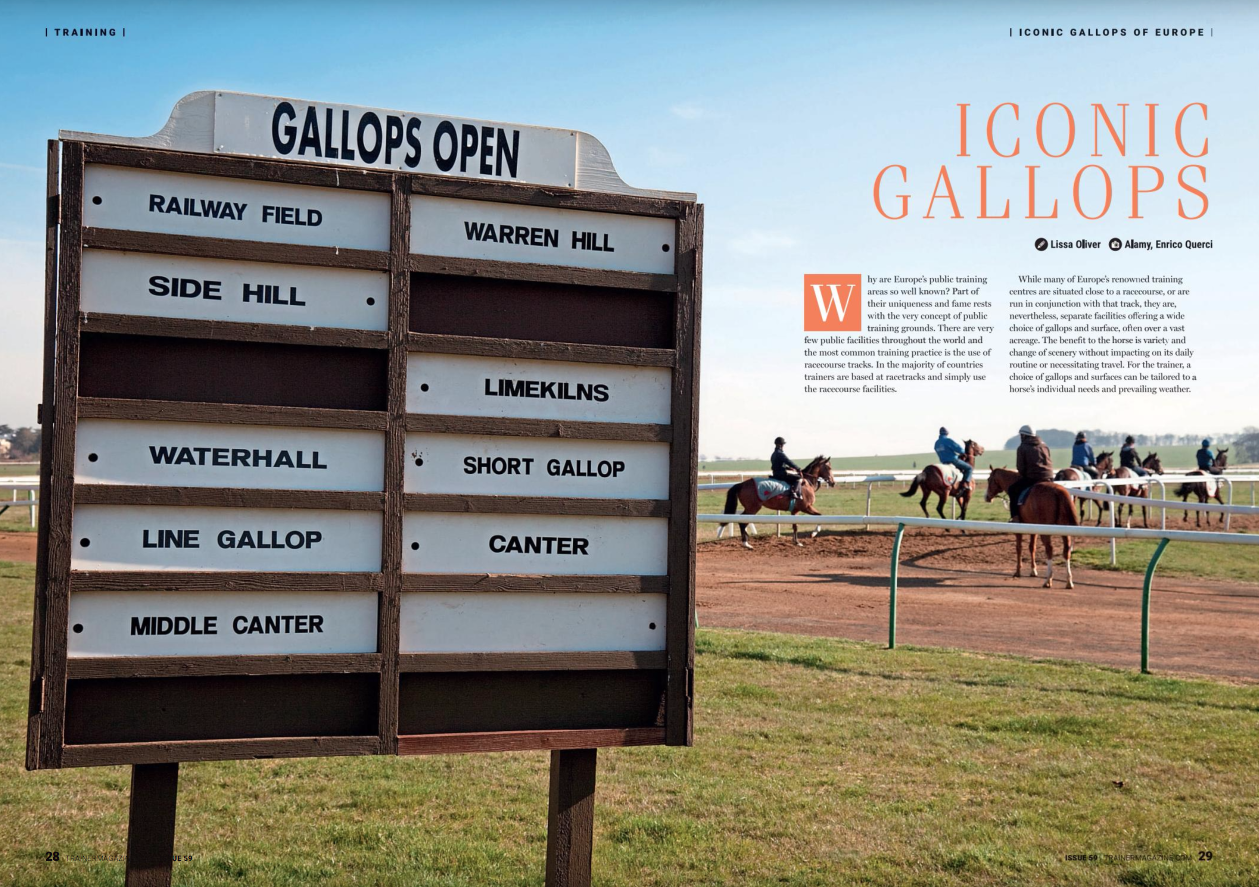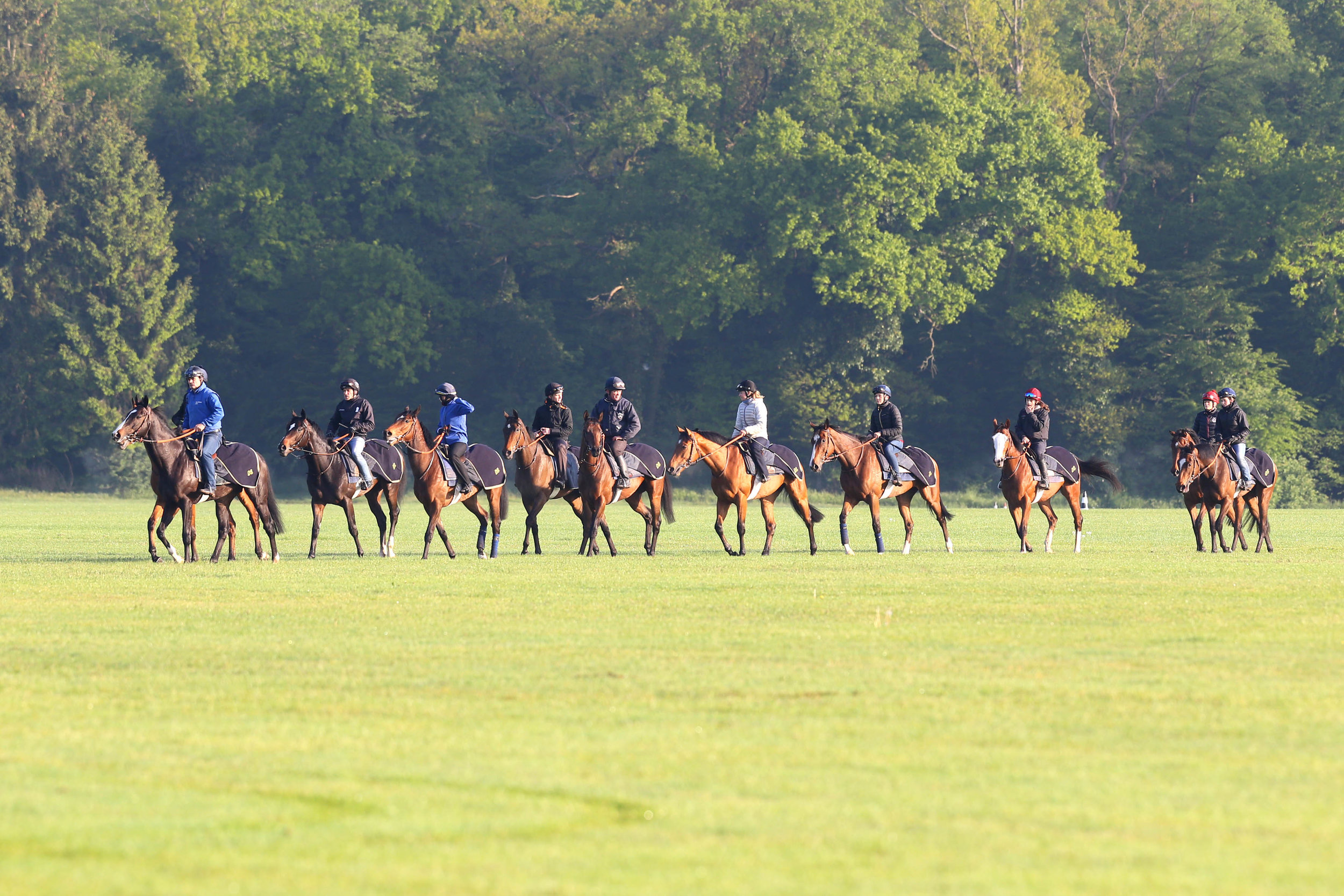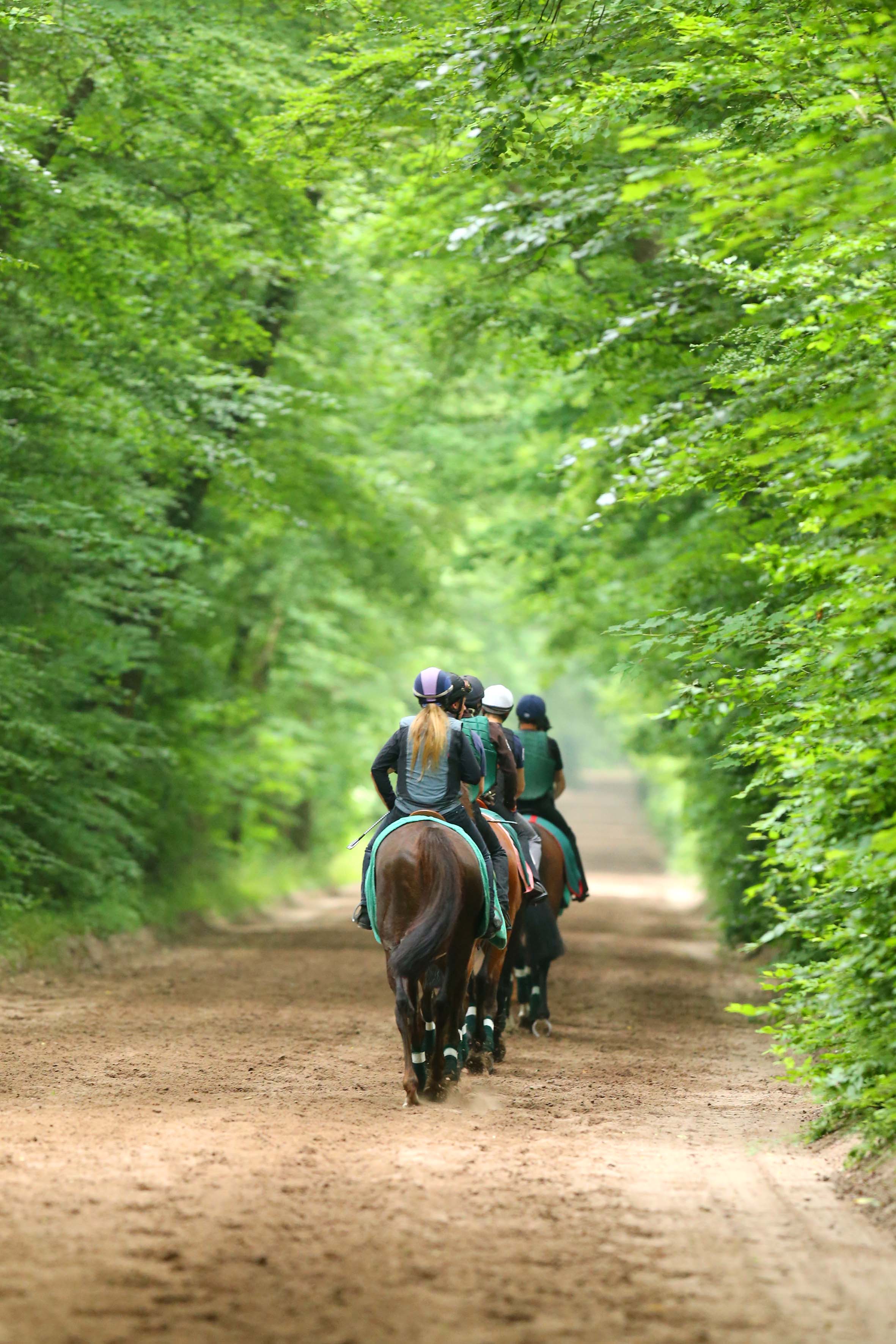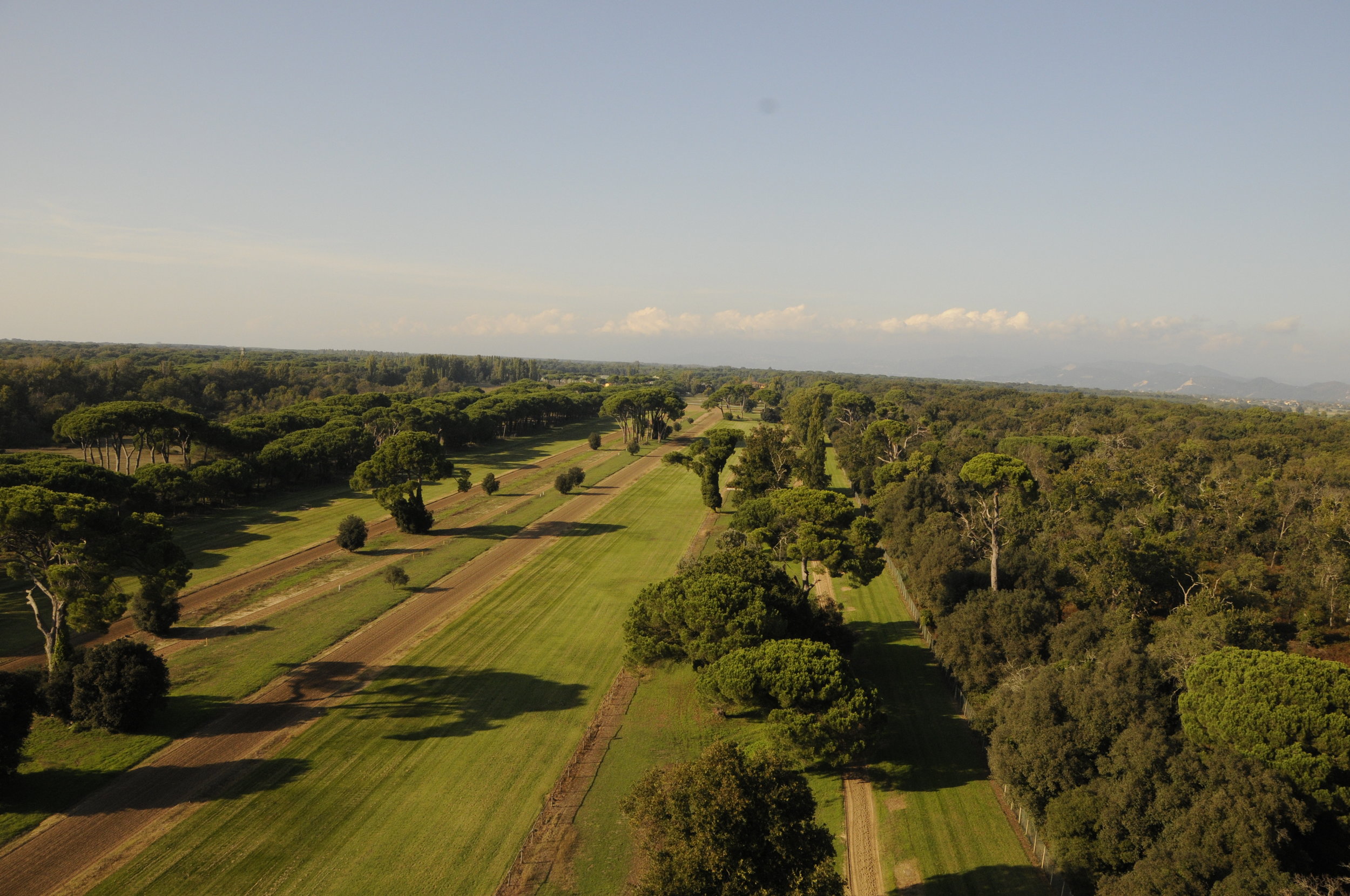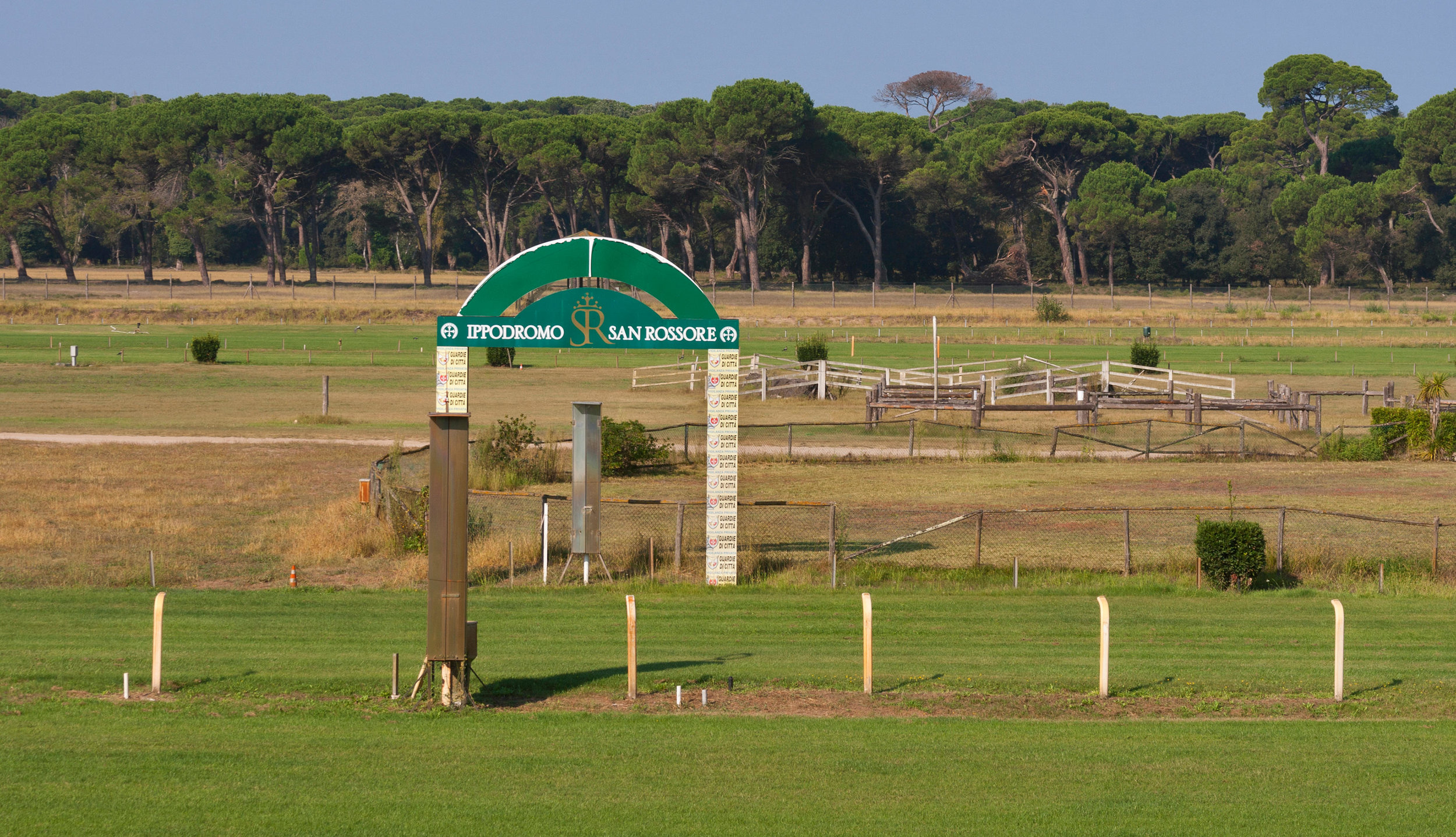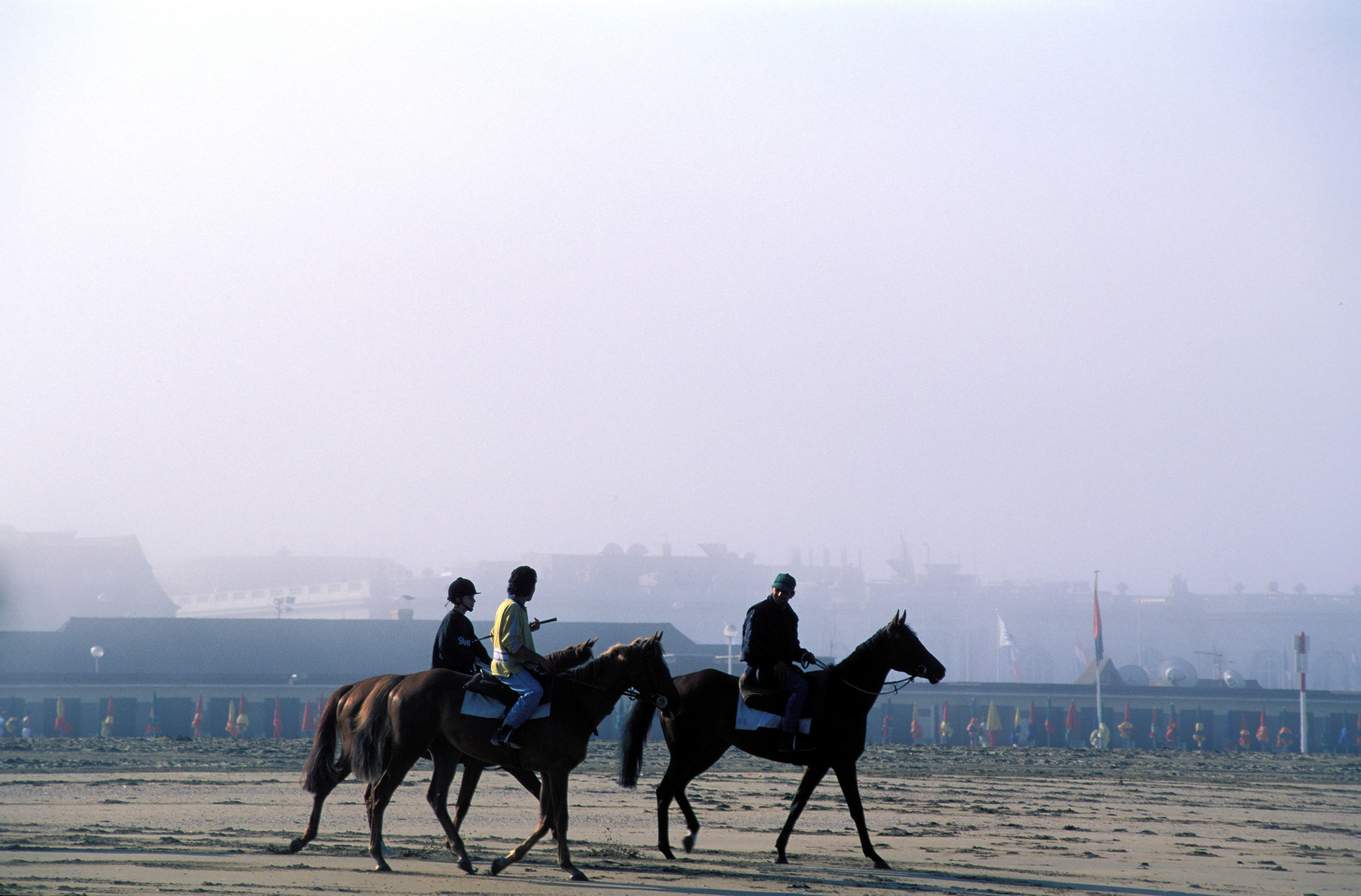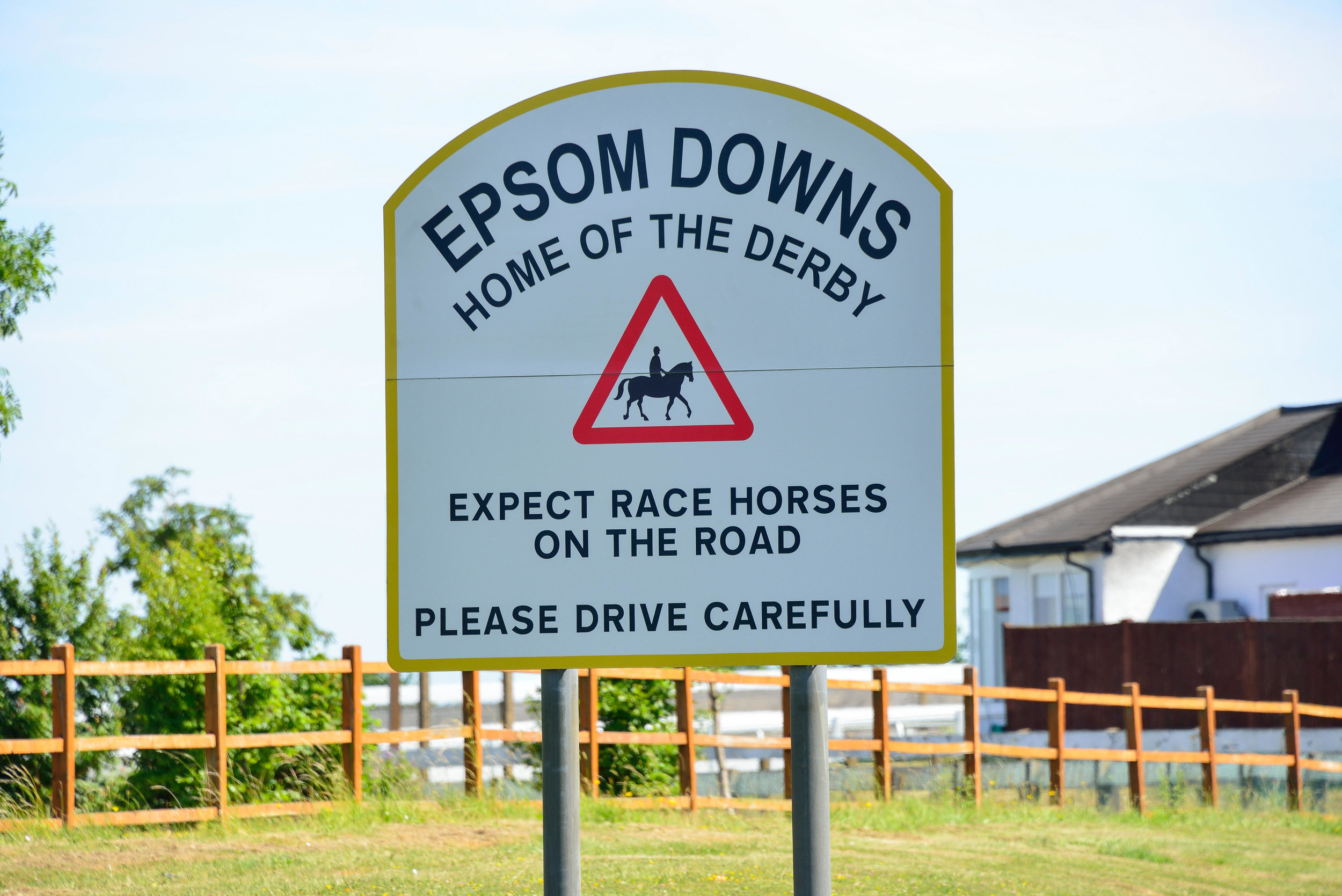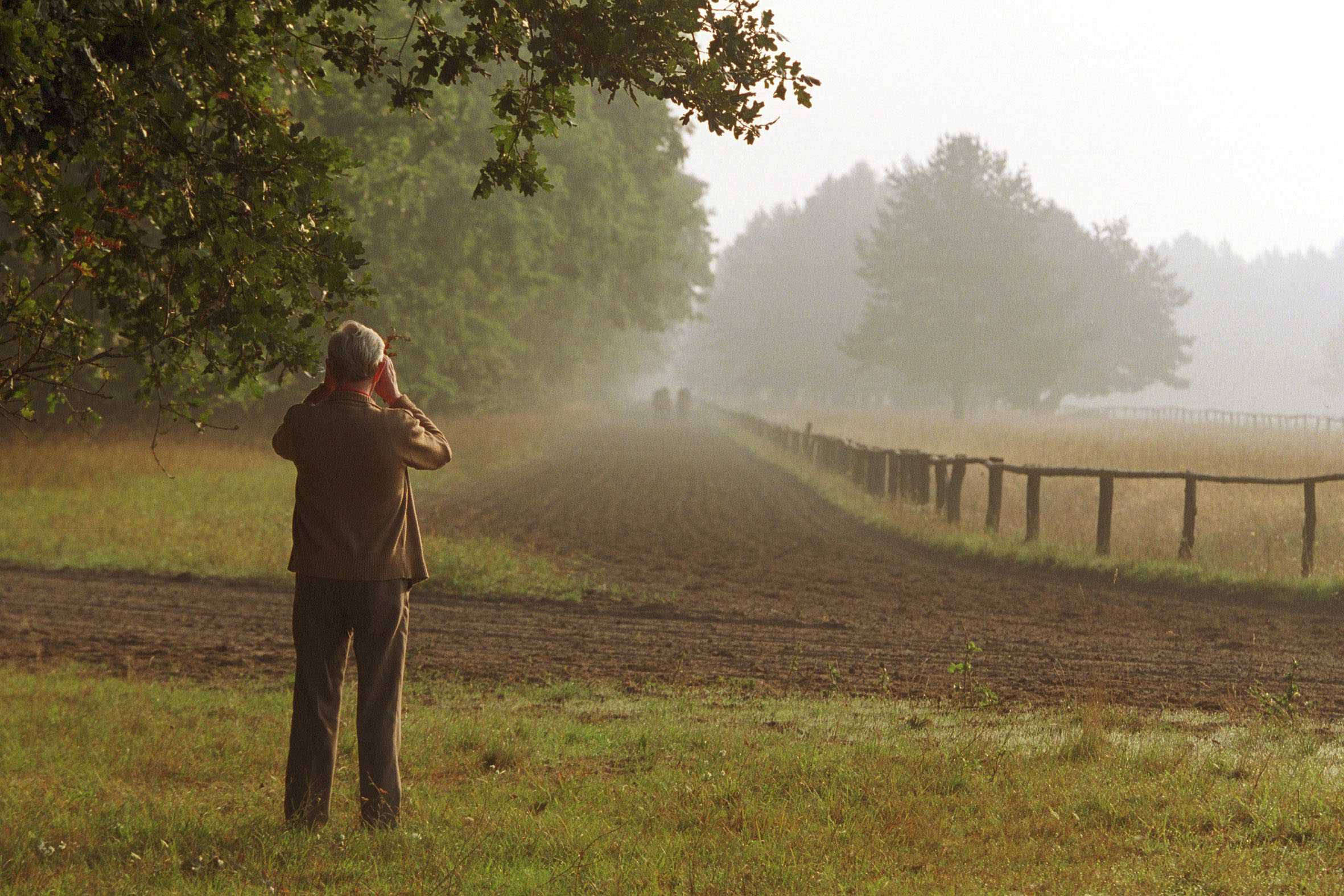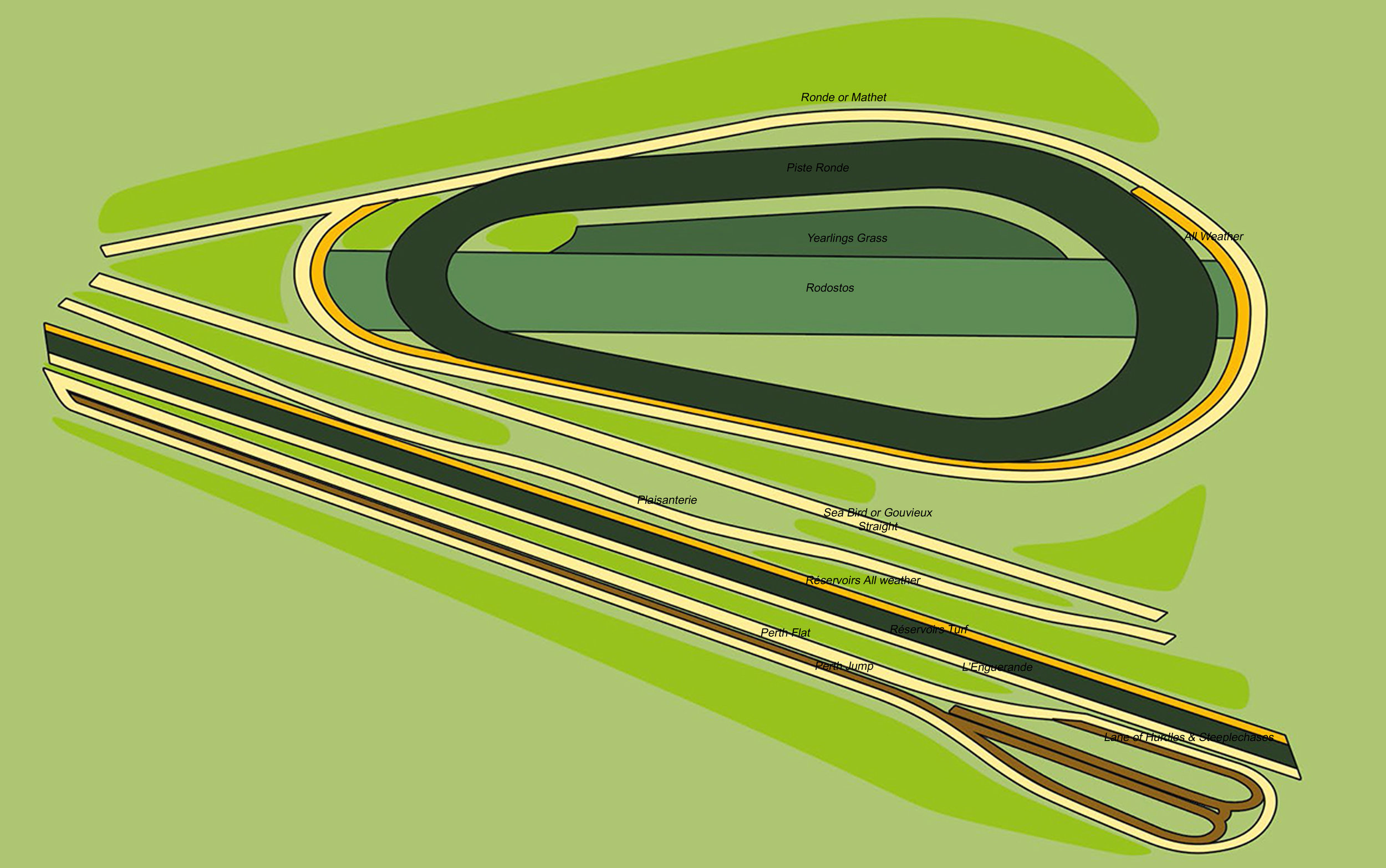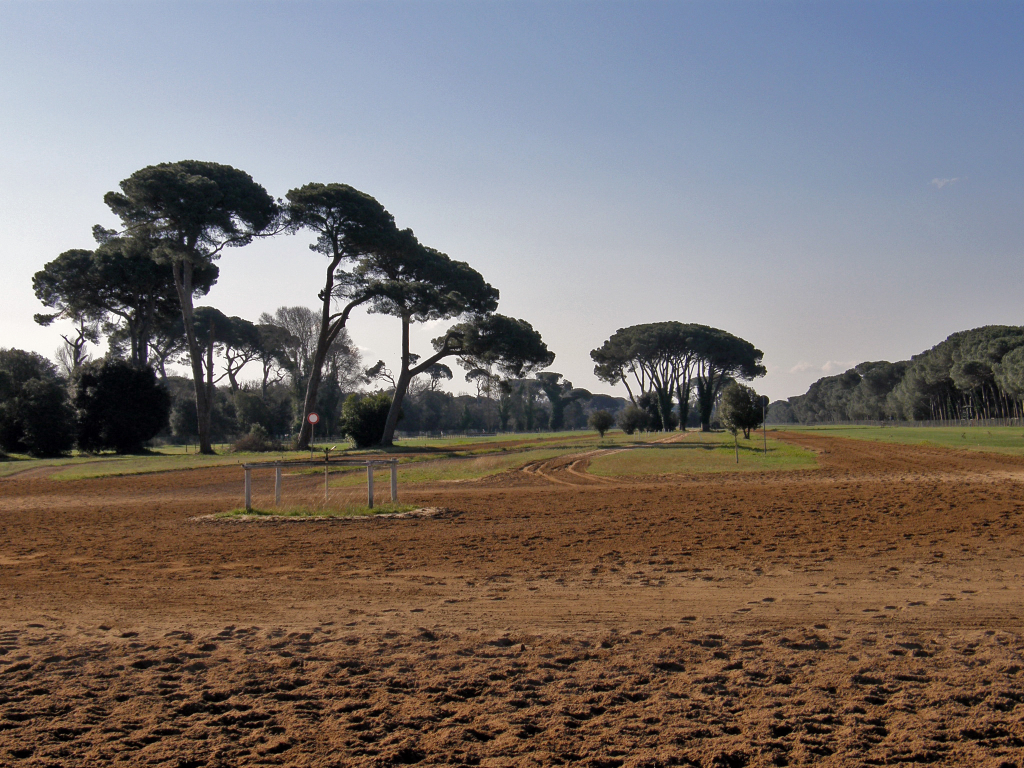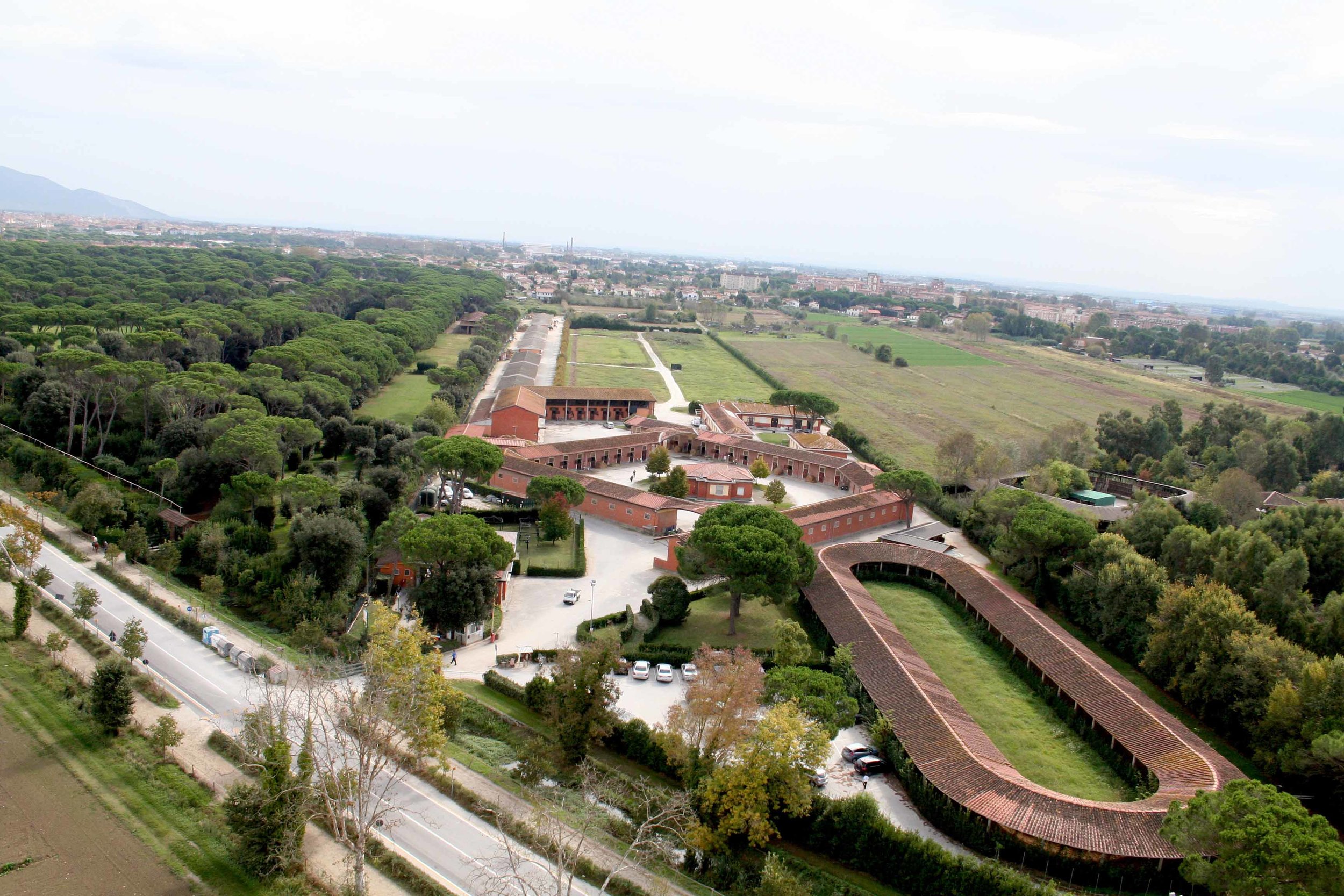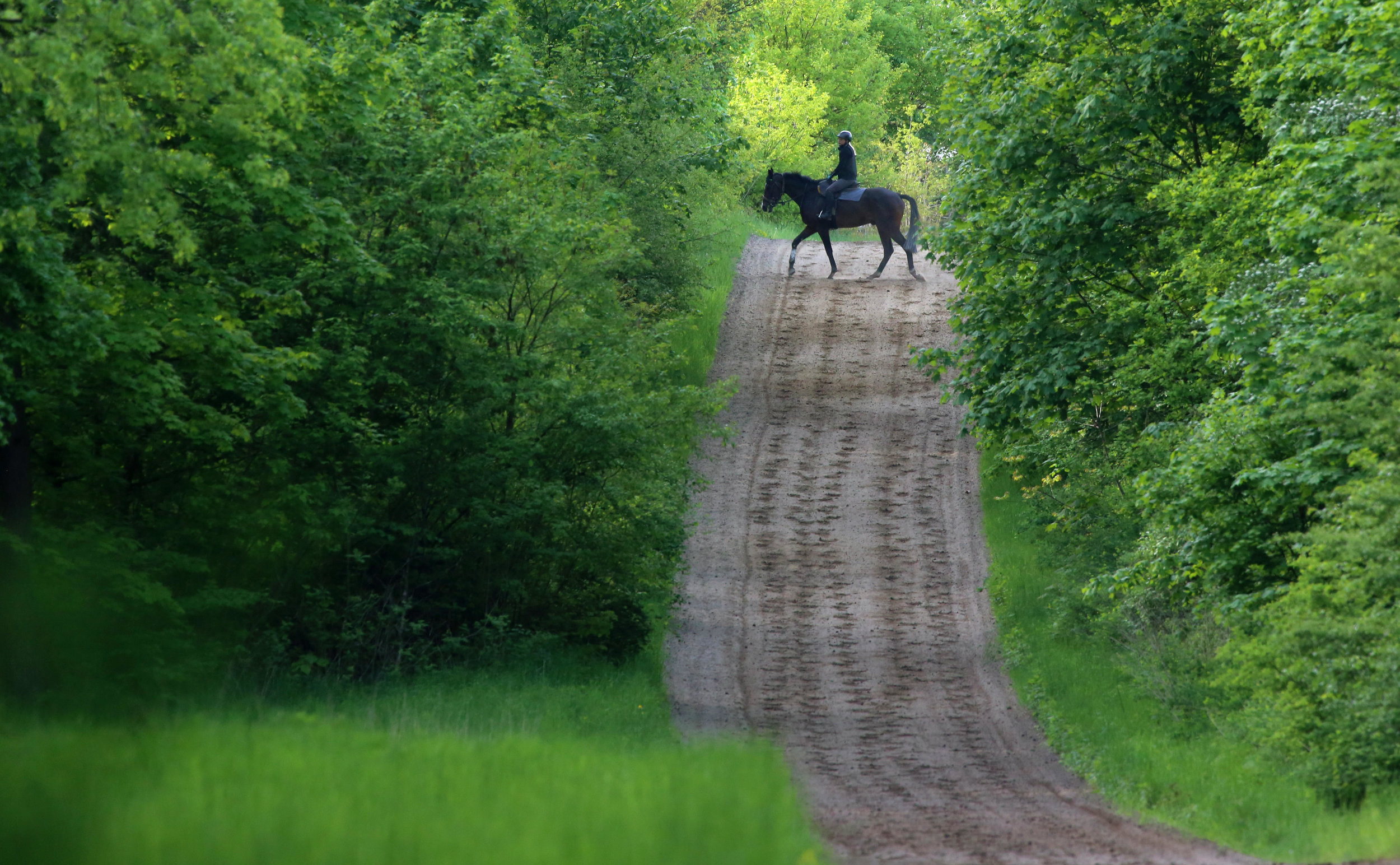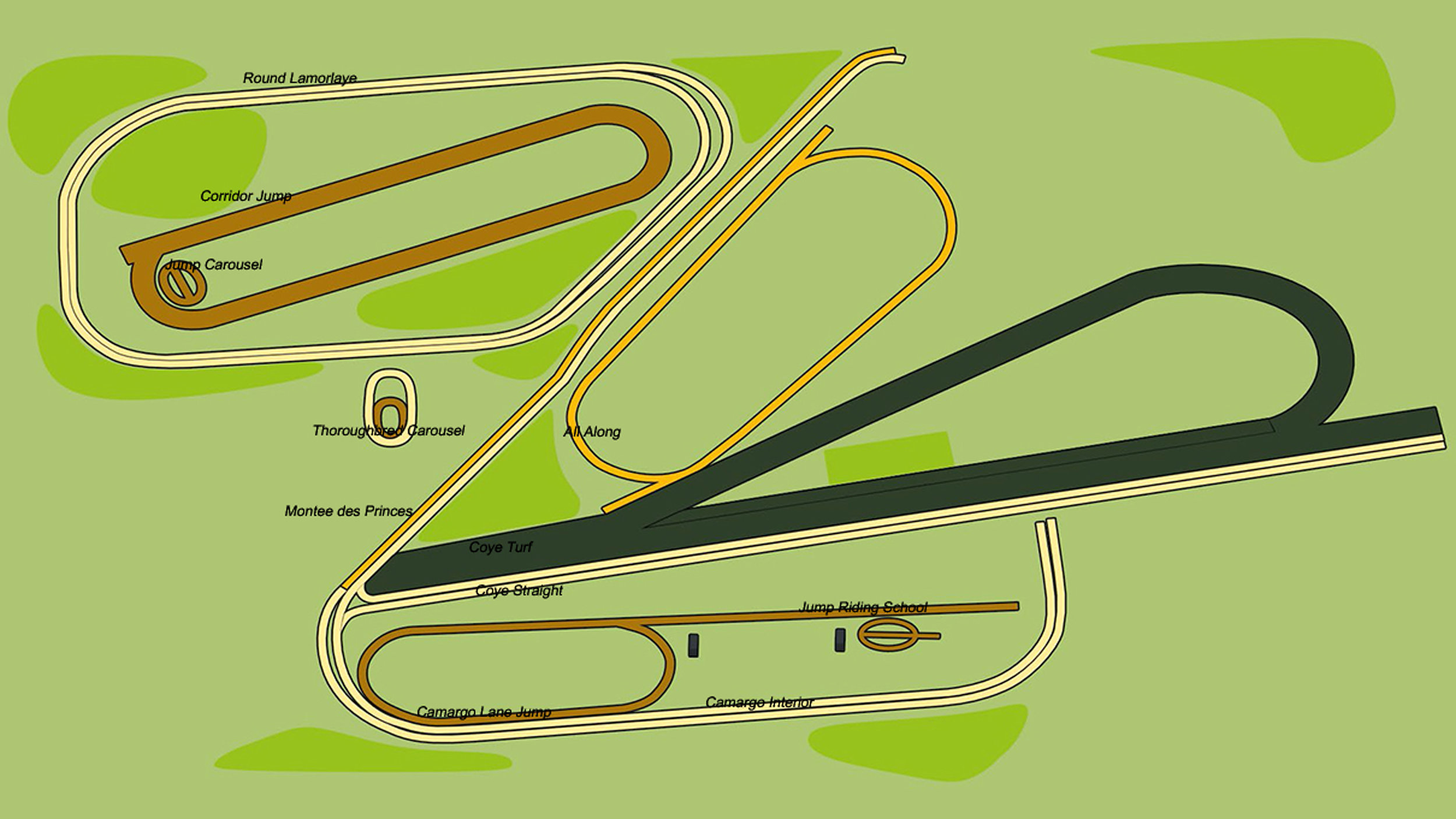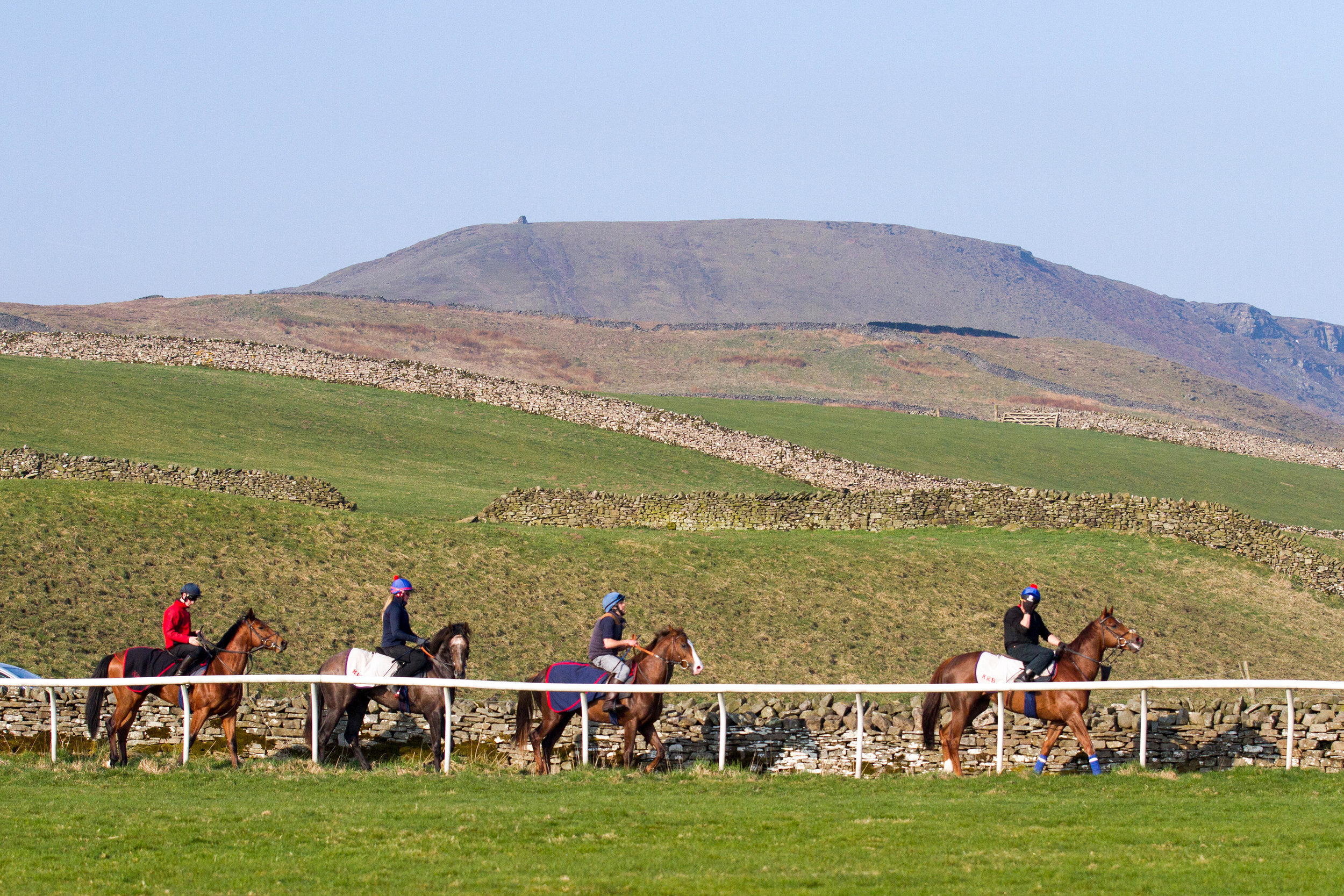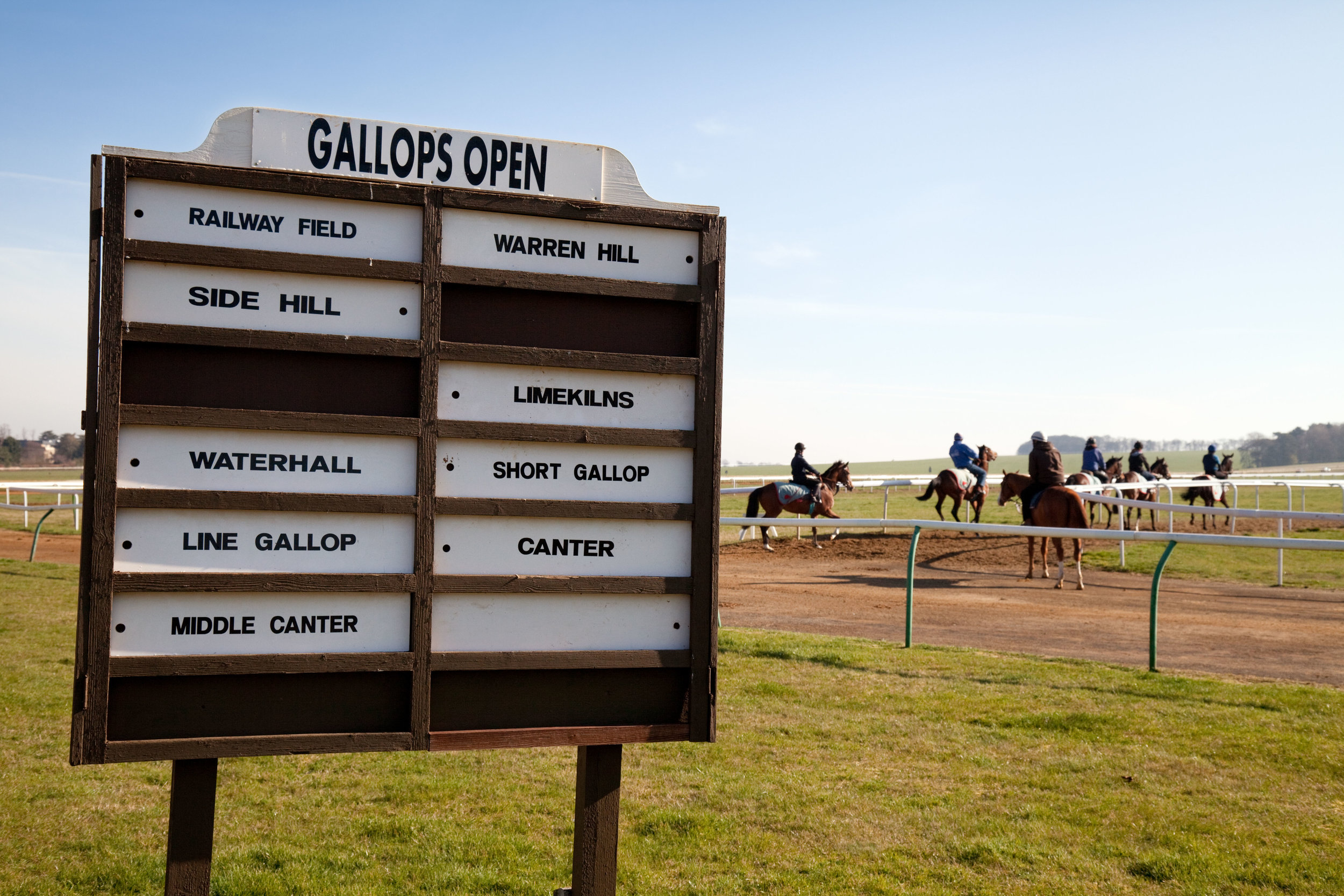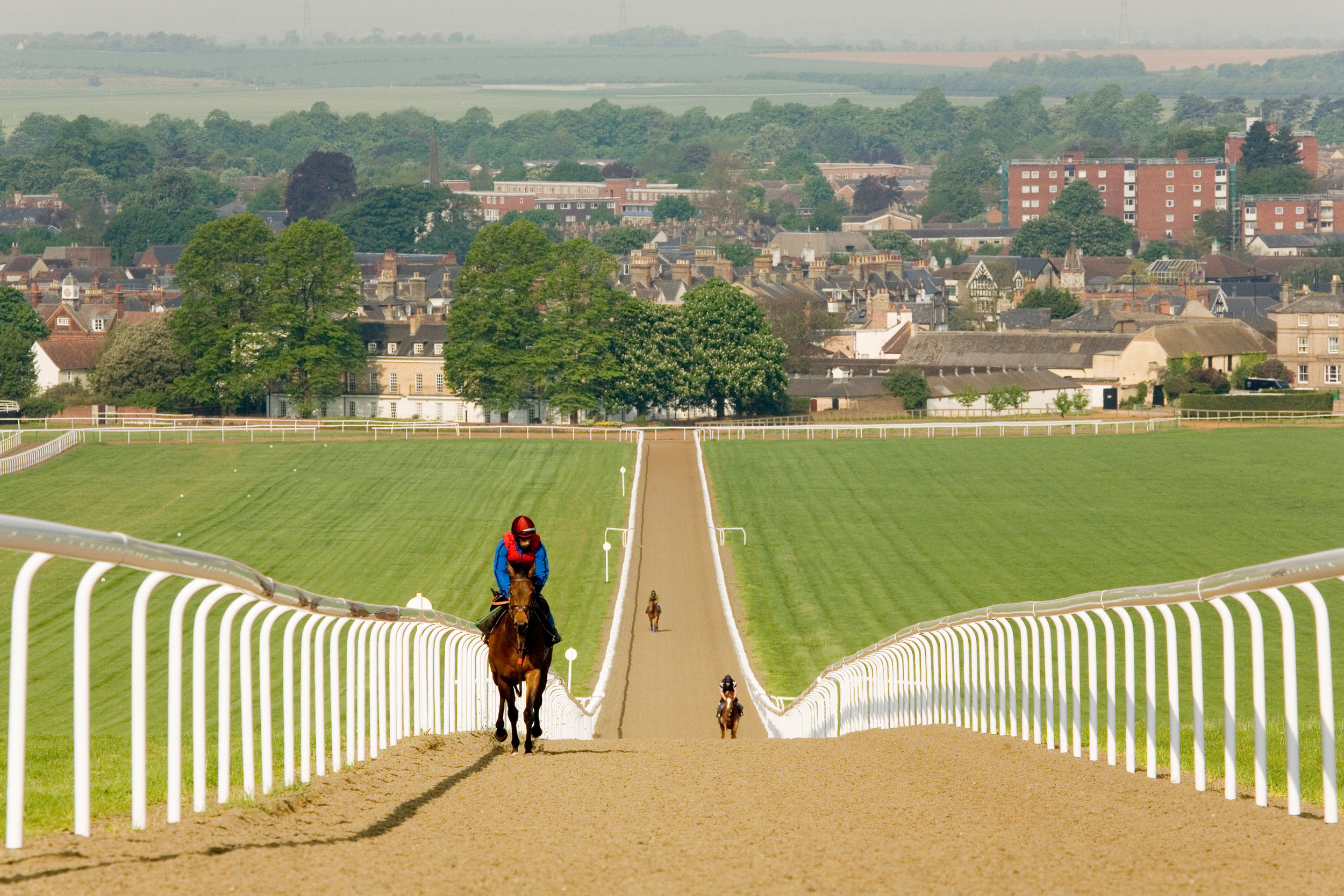Iconic Gallops of Europe
Published in European Trainer - October - December 2017, issue 59.
Click here to order this back issue!
Why are Europe's public training areas so well known? Part of their uniqueness and fame rests with the very concept of public training grounds. There are very few public facilities throughout the world and the most common training practice is the use of racecourse tracks. In the majority of countries trainers are based at racetracks and simply use the racecourse facilities.
While many of Europe's renowned training centres are situated close to a racecourse, or are run in conjunction with that track, they are, nevertheless, separate facilities offering a wide choice of gallops and surface, often over a vast acreage. The benefit to the horse is variety and change of scenery without impacting on its daily routine or necessitating travel. For the trainer, a choice of gallops and surfaces can be tailored to a horse's individual needs and prevailing weather.
Hoppegarten
Typical of this, though less widely known, is Hoppegarten in Germany, where 13-20 public trainers are based. A common factor shared by many of Europe's renowned gallops is Hoppegarten's sand-based subsoil, allowing the racecourse track and various gallops to drain freely. As a result, coupled with modern artificial watering systems employed by groundsmen in drying weather, extreme ground conditions are avoided and consistent work surfaces are provided all year round.
Hoppegarten is home to the biggest training grounds in Germany, encompassing over 500 acres of woodland, with 10km of walking and trotting paths, and since 2013 it has been granted the status of a Landmark of National Importance.

